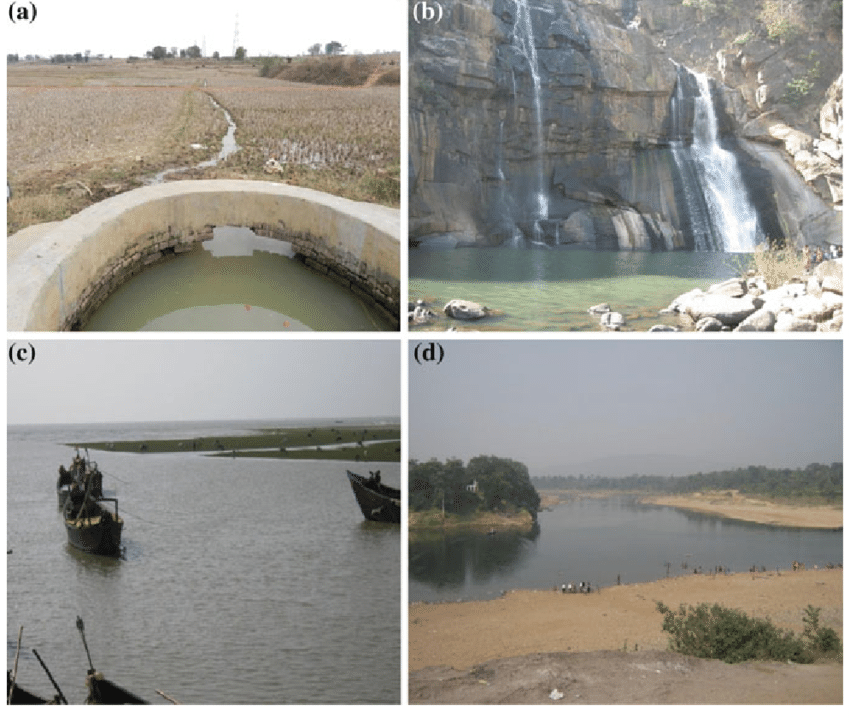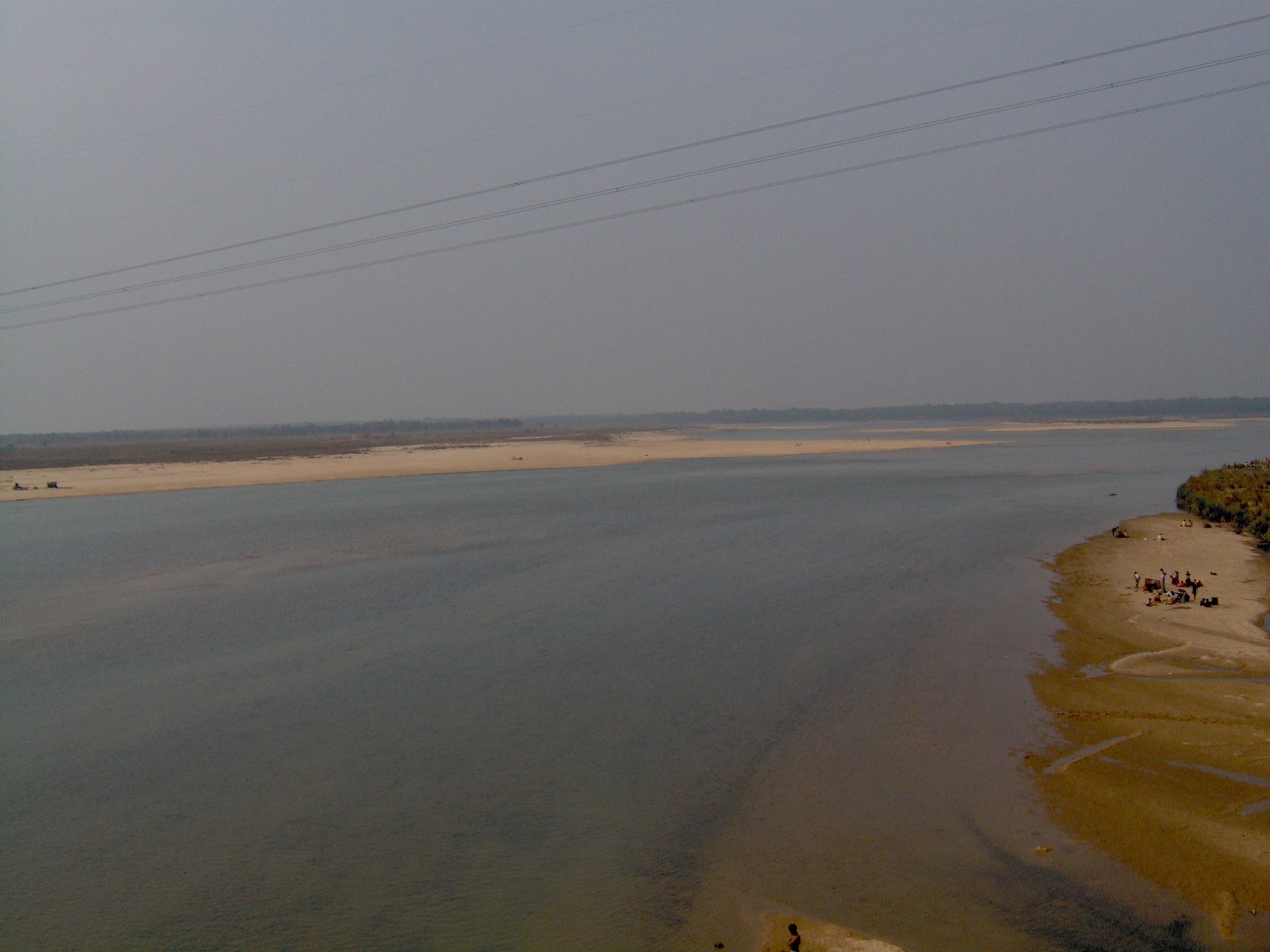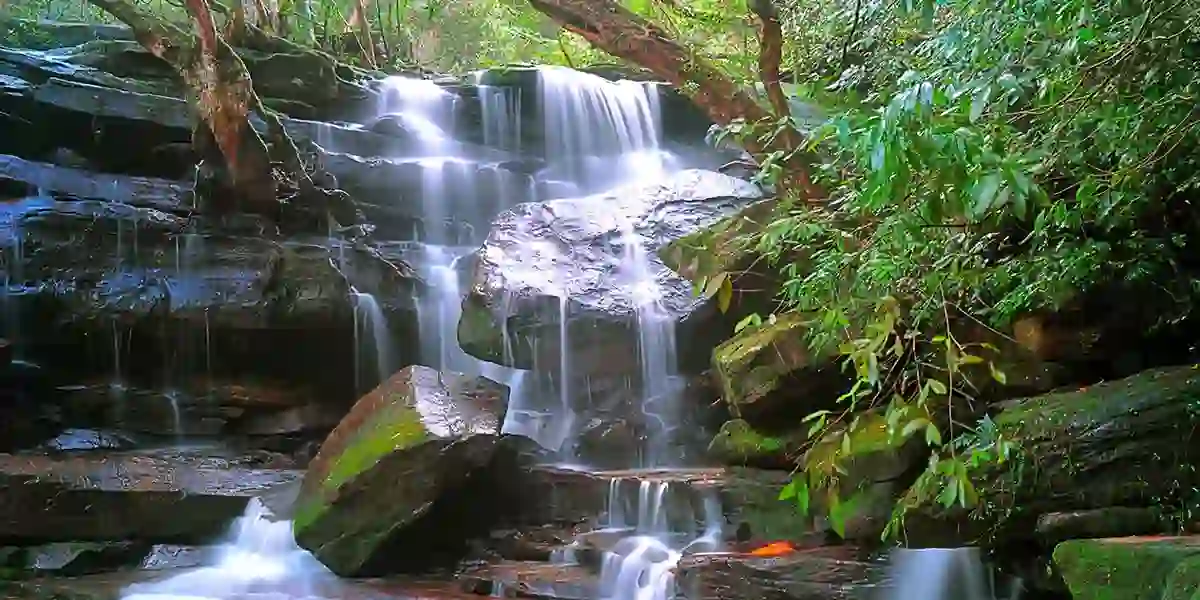The Subarnarekha River, often called the “River of Gold”, is one of the most picturesque and historically significant rivers of Eastern India. Flowing through the states of Jharkhand, West Bengal, and Odisha, the river is known for its scenic beauty, cultural heritage, and economic importance. Its name “Subarnarekha” translates to “Streak of Gold,” hinting at the traces of gold found in its sands in ancient times.
Origin of the Subarnarekha River
The Subarnarekha River originates from the Chotanagpur Plateau near Nagri village in the Ranchi district of Jharkhand at an elevation of about 600 meters above sea level. The river’s journey begins amid dense forests, rocky terrains, and small hill ranges, creating a stunning landscape.
From its origin, the river flows eastward, traversing several districts of Jharkhand, including Ranchi, Seraikela-Kharsawan, and East Singhbhum, before entering West Bengal and later Odisha. Along its course, it supports agricultural lands and serves as a vital water source for numerous rural and industrial regions.
Course and Major Tributaries
The total length of the Subarnarekha River is approximately 395 kilometers. Major tributaries of the river include Kharkai, Kanchi, and Karkari rivers, which contribute to its flow and help sustain the river basin’s ecosystem. The Subarnarekha Multipurpose Project, which includes dams and canals, plays a crucial role in irrigation, power generation, and flood control in the surrounding areas.

Ending Point of the Subarnarekha River
The Subarnarekha River ends in the Bay of Bengal, near Kirtania Port in Balasore district of Odisha. Before merging with the sea, the river passes through coastal plains, creating fertile deltaic regions that support fishing and agriculture. The river’s estuary is ecologically rich and vital for maintaining the coastal biodiversity of Odisha.
Environmental and Cultural Importance
Apart from its geographical significance, the Subarnarekha River holds cultural importance in tribal and local communities. However, increasing industrialization and pollution have posed challenges to its ecosystem. Efforts are ongoing to preserve its purity and ecological balance through sustainable development initiatives.
The Subarnarekha River, rising from the Chotanagpur Plateau and ending in the Bay of Bengal, remains a lifeline for millions across Jharkhand, West Bengal, and Odisha. Its journey from highlands to the sea beautifully symbolizes the natural and cultural richness of Eastern India.
Black Diamond Treasure of India
Climate Change and Global Warming
![]()





